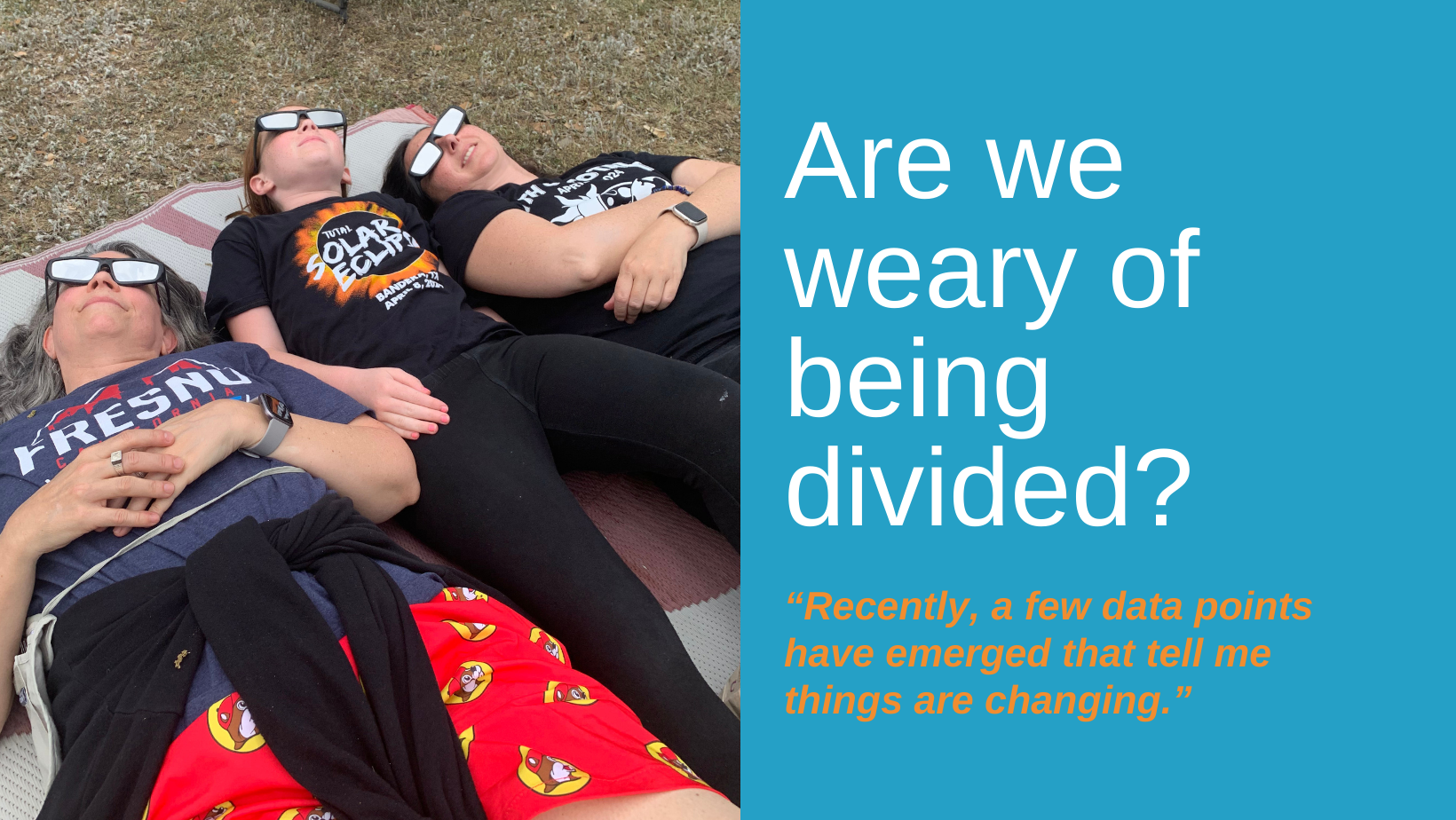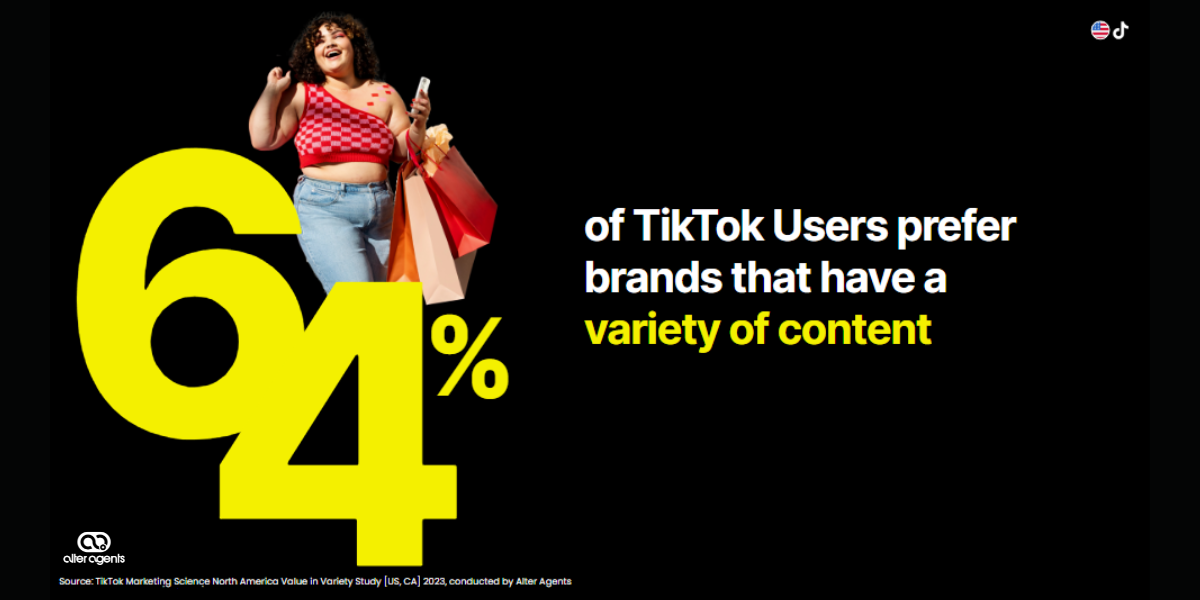
The Key to Understanding Consumers: Deep-Dive Behavioral Segmentation
Mike Dickerson writes about the need to use segmentation to analyze current consumer behavior in his latest article article for the American Marketing Association. More products and more information than ever before are available to consumers, while retailers (especially large online ones, like Amazon) are taking advantage of the ever increasing amount of consumer data to gain a competitive advantage. How can traditional CPG brands keep up? Mike says that deep-dive segmentation can help to build “personalized marketing insights available to digital-native brands.”
There are three main types of segmentation that Mike touches on:
- “…demographic segmentation, relying on basic demographic metrics (e.g., Midwestern moms, ages 18-49) to create an addressable audience.” This is the primary form of category level segmentation that brands can utilize.
- “…segmentation can also be built on psychographics, creating clusters of attitudes that describe the lifestyles and habits of potential marketing audiences.” This is more advanced; the focus is on attitudes rather than basic demographics.
- (Behavioral segmentation) “Rather than lifestyle attributes that may softly correlate with sales, a behavioral approach begins with the consumer and attempts to provide something akin to the personalized marketing available to digital-native brands.”
It is the last type, behavioral, that Mike believes can be the most successful, as it is established from consumer behavior rather than making generalizations based on factors such as gender, age, or attitudes. Brands can use this approach to build a model of how consumers are making purchase decisions. Once companies begin to do this they also must make sure that their segmentation is also dynamic and specific. He writes: “Segmentations can grow stale when they sit on the shelf for too long. Regular updates ensure that insights don’t become dated or restrictive…Grounding your segmentation in behaviors that drive consumption of your brand ensures that the segments will provide insights that can impact bottom-line sales.”
In short, segmentation can generate vital information about your consumers. In a swiftly changing digital retail environment, brands can use segmentation as a powerful instrument in uncovering purchase behaviors.
You can read his complete article at: https://www.ama.org/marketing-news/deep-dive-behavioral-segmentation-is-the-key-to-understanding-consumers/
Thought Leadership Updates
Get updates in your email.






